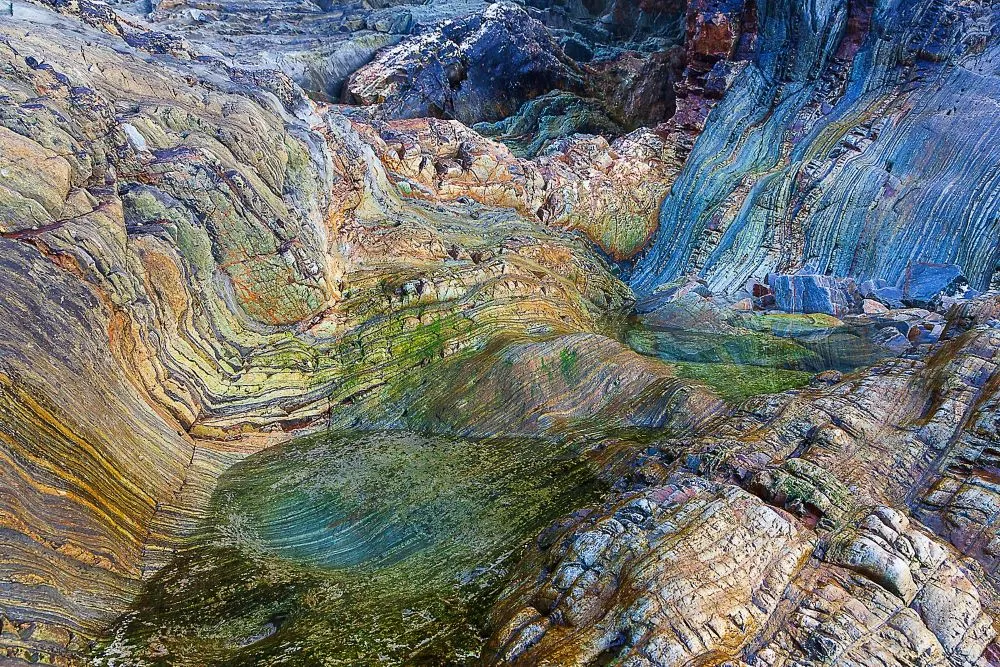
Nestled inside Pakistan’s enthralling and diverse geological tapestry is a secret treasure trove of mineral wealth. The untapped assets are estimated to be worth 6 trillion US dollars, spanned over an astonishing swath of 600,000 square kilometers. These resources have the potential to not only transform the contours of Pakistan’s economy but also to unfurl massive job opportunities. Notwithstanding the dazzling potential carved in mineral resources, Pakistan’s mining sector has been marred with perpetual under-development and under-utilization. Pakistan’s varied range of resources indicates that its mining sector has the potential to become a cornerstone of economic progress. Aside from the promise of higher revenue, it can contribute in creating job possibilities and improving the general quality of life.
Pakistan’s natural resources range from the earth’s most useful gifts to its most valuable gems. The country is studded with a variety of treasures that include everyday necessities such as coal, salt, gypsum, and limestone, as well as rare and semi-precious gemstones such as emeralds and sapphires. But that’s not it; Pakistan’s underground treasury also contains significant quantities of metallic minerals, including copper, gold, iron ore, and a variety of critical industrial minerals. According to the Trade Development Authority of Pakistan (TDAP), 52 of the 92 minerals discovered till date are collected for commercial purposes, with an annual production capacity of 68.52 million metric tons.
Among these natural treasures, the Khewra Salt Mine stands out as a monument to Pakistan’s geological magnificence, being the world’s second-largest salt mine.
These massive subterranean labyrinths are reflective of Pakistan’s rich mineral wealth, where time and nature have carved beautiful salt subsurface landscapes. The Reko Diq Mine in Balochistan’s Chagai area is another beacon of potential and mystery due to abundant gold and copper reserves. This massive Copper-Gold Project is regarded as one of the world’s greatest untapped resources, highlighting limitless potential which awaits discovery and development. The unexplored resources of such enormous mineral assets foreshadow an exciting and prosperous future for Pakistan’s mining sector if it is fostered with vision and supported by prudent leadership.
Balochistan, Khyber Pakhtunkhwa, and Gilgit-Baltistan’s breathtaking landscapes are studded with exquisitely beautiful stones that attract collectors and connoisseurs worldwide. These regions, including the Chaghai Metallogenic Belt in Southern Balochistan, are part of the world-renowned Tethyan Metallogenic Belt. Furthermore, considerable copper and gold deposits unearthed at Saindak and in Reko Diq indicate the region’s vast natural wealth. The geological and tectonic settings surrounding these findings prohibit an environment favorable to the occurrence of rich metallic minerals. Given these resilient findings, forward-thinking investors throughout the world should consider large expenditures in comprehensive prospecting and subsequent mining activities.
Aeromagnetic checks, supplemented by ground geophysical surveys, have already revealed multiple minerals deposit, waiting to be discovered in many other areas of Pakistan.
North Waziristan, which has significant copper reserves, is another location of immense potential. This area is thought to have roughly 500 million tons of copper ore deposits, with ore grade ranging from 0.5 percent to 1.5 percent copper content. Such undeveloped resources are a giftedinvestment opportunity for mining businesses, with the ability to boost Pakistan’s mineral production capacity and catalyze economic growth.
Iron ore, an essential mineral for the steel industry, is found extensively across length and breadth of Pakistan. Notable examples include the Iron Oxide Copper Gold (IOCG) deposits in the plains of Punjab, notably in the Chiniot-Rajoa region. The project has undergone extensive studies and techno-economic assessments, establishing it to be a profitable investment opportunity for mining, processing, and building mine-mouth Steel Mills with a production capacity of one million tons per year. With a 1.3 billion US dollars’ investment, the proposed venture has an internal rate of return (IRR) of about 20% and a payback time of nine years.
Processing raw resources, for example limestone and coal, are readily available nearby and the project site is well-equipped with trendy logistics and services. Similarly, Kalabagh in Punjab has an estimated Iron ore deposits of around 300 million tons. The deposit is located along the banks of the Indus River, close to the western path of the China-Pakistan Economic Corridor (CPEC), notably the M-14 Motorway. Balochistan has its own significant portion of Iron ore deposits, totaling 273 million tons. Several Iron ore deposits have been discovered in the Balochistan district of Chagai as well.
Pachin Koh, Chigendik, and Chilgazi in the Chagai district have notable deposits, with the greatest resource in Dilband/Mastung reaching 200 million tons. Furthermore, the mining landscape of Balochistan displays a wealth of chromite – a critical industrial mineral. Estimated reserves exceed 200 million tons, with Chromium concentration ranging from 30% to 50%. The idea of developing a Ferrochrome facility in Northern Balochistan appears to provide good rewards to potential investors. Pakistan has an abundance of rock salt, an essential industrial mineral.
Despite having estimated deposits of more than 10 billion tons of Rock Salt, the country’s present production levels are very modest.
This scenario offers room for opportunity for investment in salt mining, processing, and the formation of salt-based enterprises. In sharp contrast to Pakistan, countries such as Australia, Chile, and South Africa have converted their mining industries into economic powerhouses, generating substantial revenues and potential for employment. The mining sector in Australia contributes 7% of GDP while supporting 250,000 employments, whereas the mining sector in Chile contributes 10% of GDP and supports over 200,000 jobs. South Africa’s mining sector employs over 450,000 people and accounts for 8% of the country’s GDP. These instances act as lighthouses, emphasizing the enormous potential that Pakistan’s mining sector possesses if the required attention and investment is provided to the mining sector.
The current situation of Pakistan’s mining sector, on the other hand, paints a less favorable image. It has been characterized by inconsistency in policymaking, inadequate infrastructure, onerous regulatory frameworks, and a lack of investment appeal. As a result, its contribution to national GDP remains modest. The mining sector has been hamstrung by a variety of issues that have limited its growth. To address this disparity, Pakistan must overcome some of the most basic administrative challenges:
- Inconsistent Policy Framework: Frequent changes in mining policies have created an atmosphere of uncertainty for investors. A stable and predictable regulatory environment is crucial for attracting long-term investments.
- Deficient Infrastructure: Inadequate infrastructure, including transportation and energy, hinders efficient mining operations. Investing in infrastructure development is paramount for growth.
- Regulatory Complexities: Complex and often bureaucratic regulations have deterred potential investors, both domestic and foreign. Simplifying regulatory processes is essential for obviating red tape and making the sector more attractive.
- Investor Aversion: The combination of inconsistent policies, inadequate infrastructure, and regulatory challenges have made Pakistan a less attractive destination for mining investments. To compete on a global scale, Pakistan must improve its attractiveness as an investment destination.
Many countries have deployed their Armed Forces in mineral mining, particularly in distant and challenging terrains.
China, Brazil, Peru, and Australia are significant examples of countries with active military involvement in resource exploitation. In Pakistan, the Armed Forces are already working to uplift the mining sector through public-private partnerships, albeit to a limited level. This partnership has resulted in cost-effective surveying and exploration initiatives, the mobilization of professional labor, administrative transparency, and increased investor and stakeholder trust.
The Frontier Works Organization (FWO) is the vanguard of such endeavors, actively participating in mining and infrastructure projects around the country. The Muhammad Khel Copper Mining Project, located in a difficult terrain, successfully delivered 15,500 tons of copper concentrate for 19 million US dollars while employing 65% of the local community. The Saindak Copper & Gold Mining Project in Balochistan has generated approximately 75 million US dollars in income in 2021. These initiatives demonstrate the good economic impact of mining projects in Pakistan.
Proposed Transformation of Pakistan’s Mining Sector
To realize the full potential of Pakistan’s mineral wealth, several key strategies are proposed here:
- Singular Management System Incorporating Armed Forces: A centralized approach to manage and govern the mining sector, incorporating the expertise of the Armed Forces, can streamline operations and ensure efficient resource allocation.
- Continuity & Consistency of Policy & Regulatory Frameworks: Establishing long-term policy frameworks and consistent regulatory regimes will provide stability and attract investment.
- Internationally Certified Surveys: International certification of geological surveys will enhance the sector’s credibility and attract foreign investors.
- Provision of Mining-Friendly Environment: Creating a conducive environment for mining operations, including streamlined regulatory procedures and infrastructure development, will encourage investment.
By learning from the experiences of countries that have successfully harnessed their mining sectors and by leveraging the expertise of the Armed Forces, Pakistan can transform its mining sector. Through a unified governance system, consistent policies, international certifications, investment attraction, and a mining-friendly environment, Pakistan can unlock its mining potential and achieve substantial economic growth while maintaining national security. However, this transformation requires a holistic approach, including stable policies, infrastructure development, simplified regulations, and attracting both domestic and foreign investments.
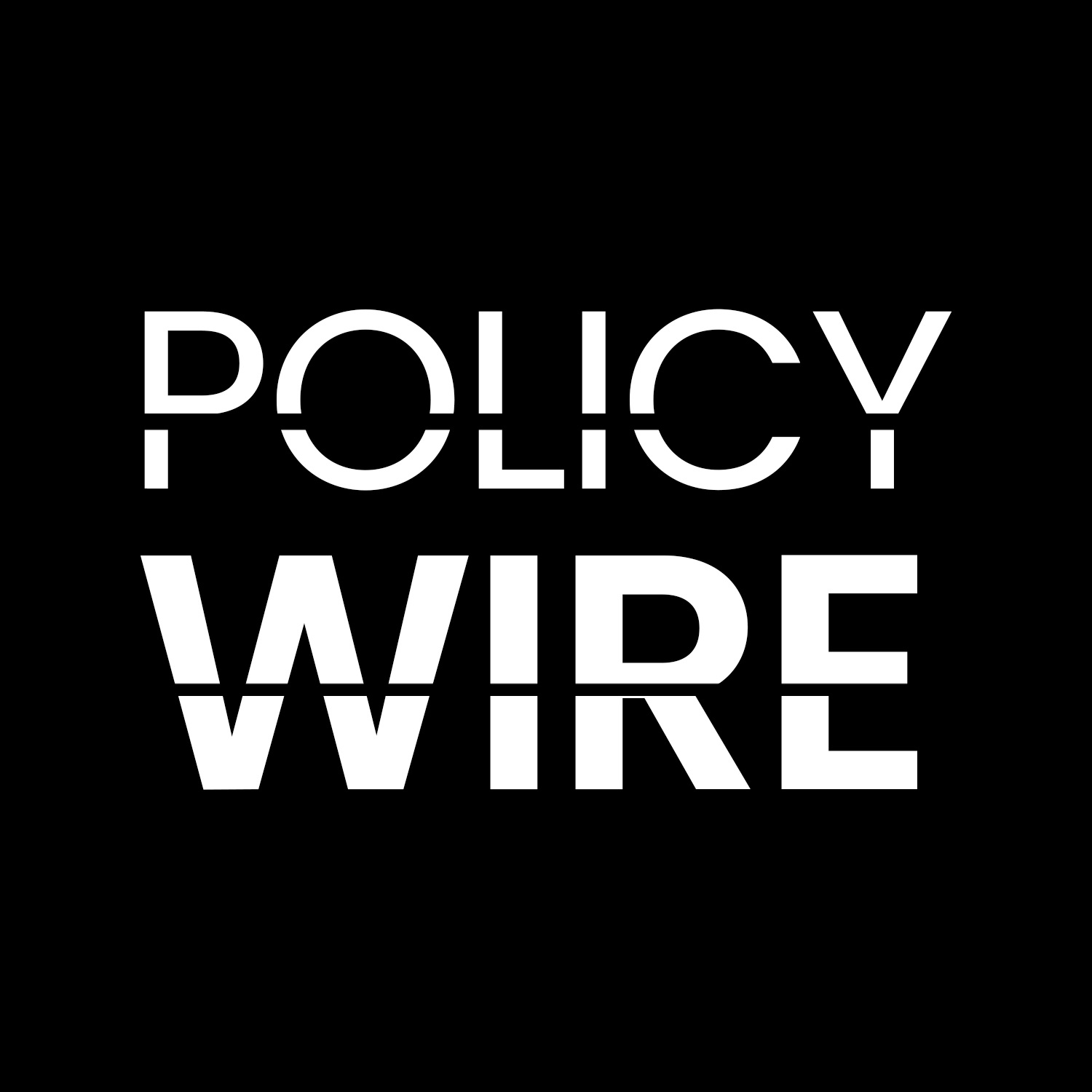




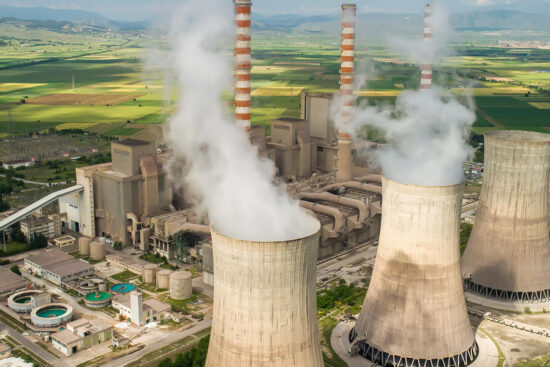
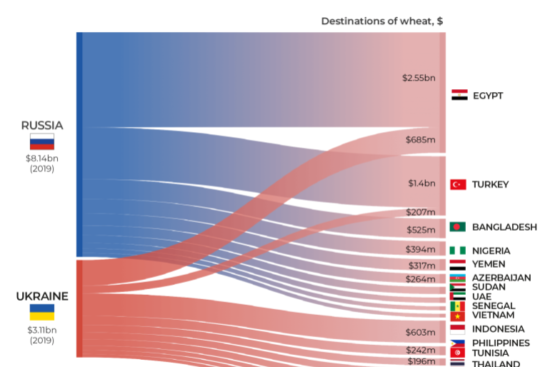
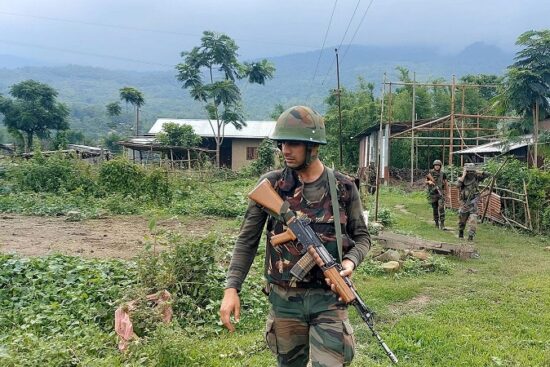
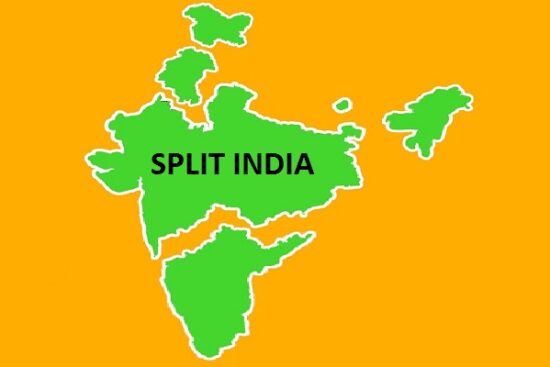
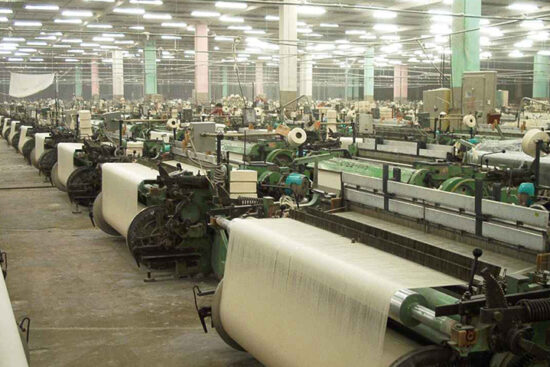









Leave a Reply